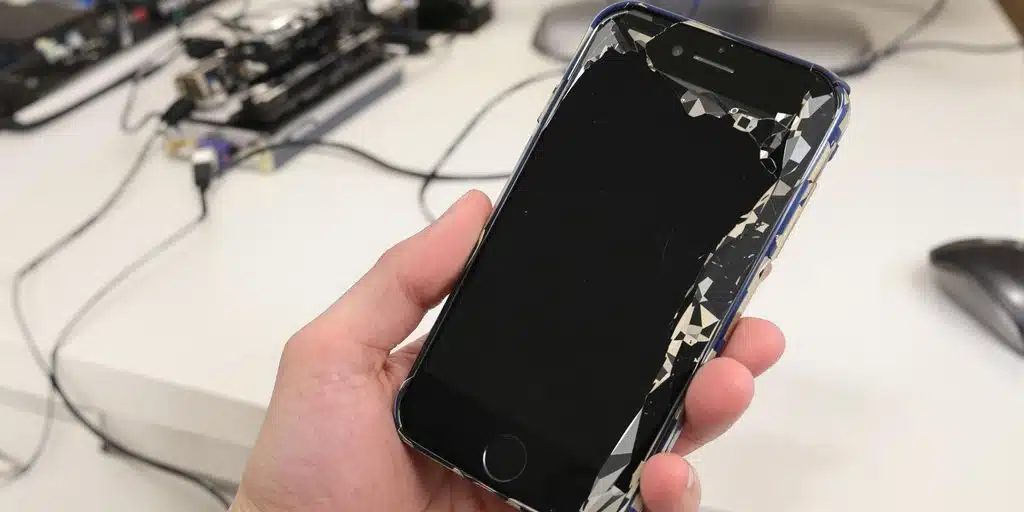If your iPhone X has suddenly stopped turning on, it can be a frustrating experience, especially if you have important data stored on it. In this article, we’ll explore a case study of an iPhone X that faced this issue and how data recovery was successfully achieved.
Key Takeaways
- Identify the Problem: Determine if the device is truly dead or if it’s a battery issue.
- Use Proper Tools: Employ the right equipment for diagnosing and fixing the problem.
- Handle with Care: Internal components are delicate; proper techniques are crucial for recovery.
- Seek Professional Help: If unsure, it’s best to consult with data recovery experts.
Understanding The Problem
When an iPhone X won’t turn on, it can be due to various reasons. It might be a simple battery issue, or it could be something more complex like a short circuit on the motherboard. In our case study, the device was completely unresponsive, which indicated a deeper issue.
Initial Diagnosis
The first step in diagnosing the problem was to connect the iPhone to a device that measures the current flowing through it. This revealed that there was likely a short circuit somewhere on the main power line.
Steps Taken:
- Connect to a DC Power Supply: This allows for direct voltage injection into the circuit suspected of causing the issue.
- Confirm the Short: By injecting voltage, we confirmed that a short was indeed present.
- Remove the Motherboard: The next step involved taking the motherboard out of the chassis to further investigate.
Investigating the Motherboard
Once the motherboard was removed, we injected voltage again to ensure that no other components were interfering with our diagnosis. The motherboard has three layers, making it tricky to pinpoint the exact location of the fault.
Techniques Used:
- Freeze Spray: This was used to cool down specific areas of the motherboard, helping to identify the faulty component by observing temperature changes.
- Heat Application: To access the internal layers, the motherboard needed to be heated to about 250 degrees Celsius. This process is delicate and requires precision to avoid damaging the circuitry.
Identifying the Faulty Component
After carefully splitting the motherboard, we were able to visually inspect the internal layers. It turned out that a blown capacitor was the culprit. This component was located near the main power IC, surrounded by glue, which made it even more challenging to remove.
Removal Process:
- Careful Extraction: The blown capacitor was removed with precision tools to avoid damaging surrounding components.
- Emulation of Repair: A mounting jig was used to simulate the motherboard being reattached without physically doing the repair. This step was crucial to ensure that the device could power on again.
Powering On and Data Extraction
After replacing the faulty component, we tested the device. It powered on successfully! The final step was to check the functionality of the touchscreen and ensure the device remained operational long enough for data extraction.
Final Checks:
- Touchscreen Functionality: Ensured that the screen was responsive.
- Stability: Confirmed that the device stayed powered on during the extraction process.
Conclusion
Recovering data from a broken iPhone X that won’t turn on is a complex process that requires the right tools and expertise. If you find yourself in a similar situation, it’s best to consult with professionals who can safely recover your data without causing further damage.
For those facing similar issues with their devices, you can find more information about our mobile phone data recovery services here.

